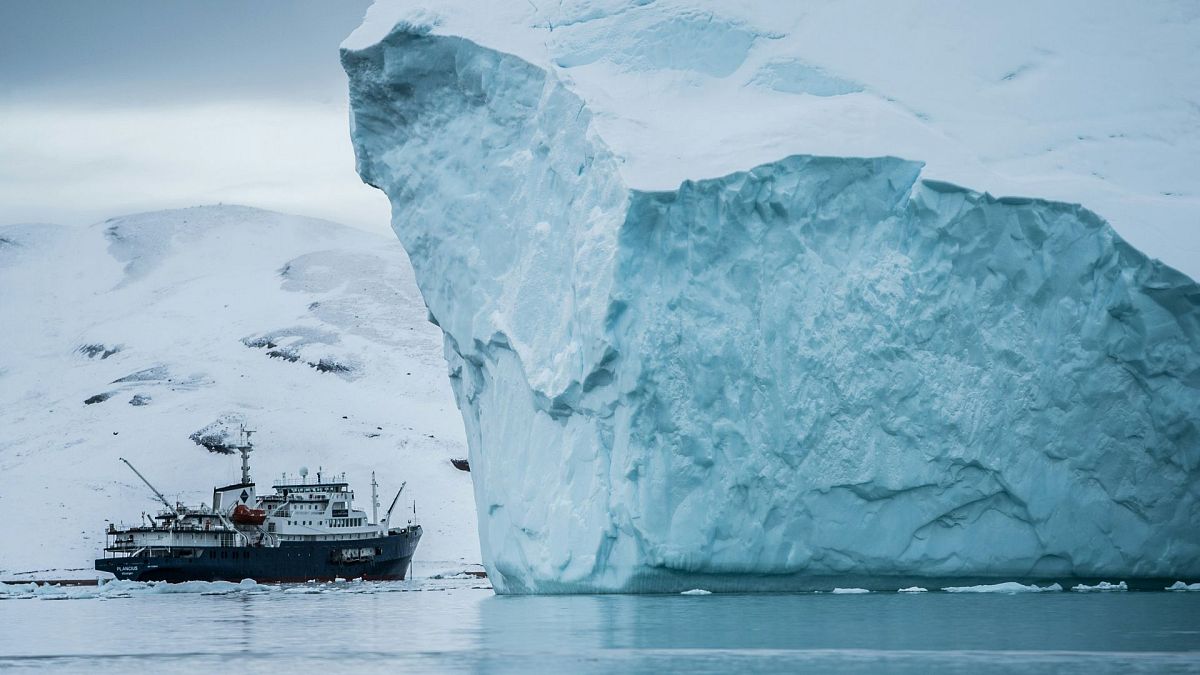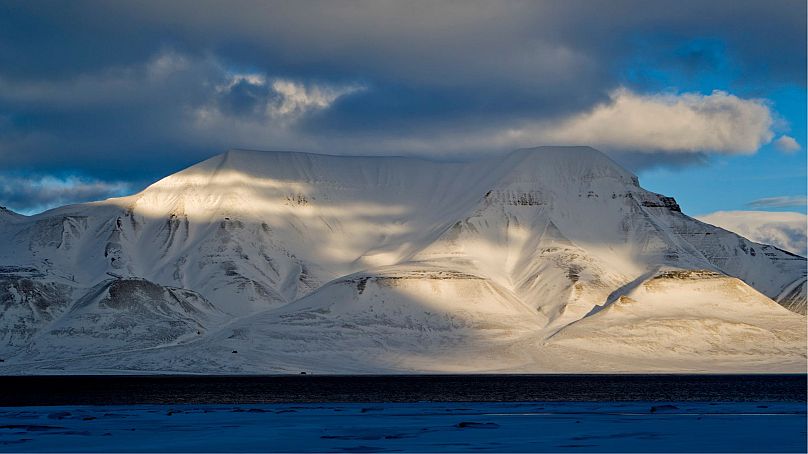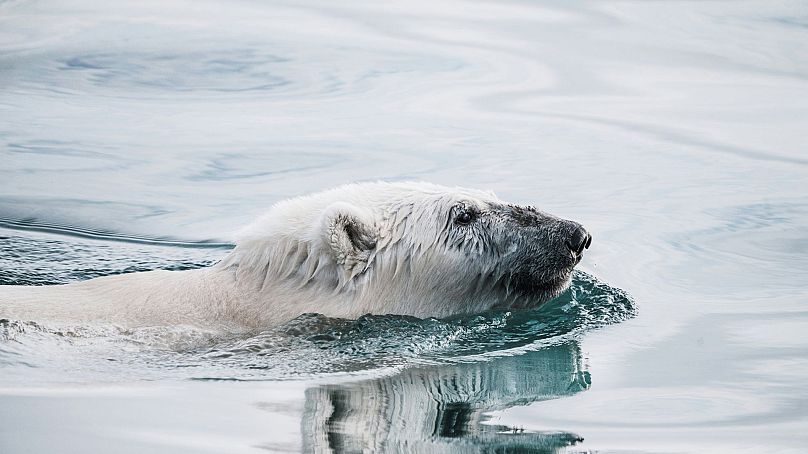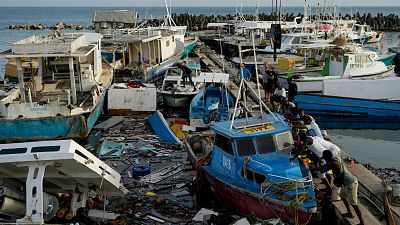Canadian and Russian ships may carry on using heavy fuel oil for another five years.
Campaigners have warned that an International Maritime Organization (IMO) ban on heavy fuel oil may not reduce the use of the polluting marine fuel for another five years.
From today, ships going through Arctic waters can no longer use or carry heavy fuel oil (HFO) under a UN shipping agency regulation that the IMO adopted in 2021. The ban is intended to prevent devastating environmental impacts on the sensitive Arctic region and its wildlife.
But environmental groups are pointing to loopholes - such as geographic scope, exemptions and waivers - which mean many ships are still eligible to carry the fuel.
Half of the Arctic coastline is the responsibility of Russia, which has more than 800 ships in the waters and is not planning to implement the new regulation.
What is heavy fuel oil (HFO) and why is it an issue?
According to not-for-profit the Clean Arctic Alliance, heavy fuel oil is a viscous and polluting fuel oil that accounts for around 80 per cent of marine fuel globally. It’s been banned in Antarctica for more than a decade and, since 2022, in the waters around the Norwegian Arctic archipelago of Svalbard. But currently, around 75 per cent of marine fuel carried in the Arctic is HFO.
There are two big environmental issues with HFO: its emissions and the difficulty in cleaning up spills. The first happens when HFO is burned, creating exhaust filled with black carbon particles.
These reduce the reflectivity of the Arctic’s snow, glaciers and sea ice, increasing its ability to absorb heat. As the climate crisis changes the nature of the Arctic, more shipping routes are opening up, risking more emissions and contributing to the accelerating feedback loop of global warming.
Clean Arctic Alliance says black carbon emissions from shipping increased by 85 per cent between 2015 and 2019 - the IMO’s ban will only reduce their volume by five per cent.
The WWF says that HFO is so dirty that international law demands it be ‘scrubbed’ of sulphur content before it’s emitted. Unfortunately, this loophole technology - which uses seawater to ‘scrub’ the exhaust fumes - means pollutants are released into the ocean rather than the air.
More than 97 per cent of the total volume of polluting waste from ships in Canadian waters comes from scrubbers.
Why are heavy fuel oil spills so dangerous?
Marine fuels are classified by their viscosity. HFO is a thick, tar-like blend of heavy residual oils - the byproducts created in the refinery of lighter oils. It is around 30 per cent cheaper than other fuel oils. Its density in relation to water can vary, so spilled oil may float, sink, or be suspended in the water.
The National Oceanic and Atmospheric Administration describes HFO as a ‘persistent’ oil. Only five to 10 per cent of the oil will evaporate in the first hours after a spill. Spills usually spread into thick slicks on the water’s surface, with some breaking up into tarballs that can be several metres in diameter. These can be carried hundreds of kilometres by ocean winds and currents.
When HFO spills in polar waters, the cold has an emulsifying effect. This slows its breakdown and makes it near-impossible to clean up - with efforts already hindered in the Arctic by ice, extreme cold and limited accessibility to bring in the equipment needed to tackle major spills.
Such spills endanger species such as walrus, polar bears, and beluga whales, smother intertidal organisms, and create long-term sediment contamination.
How effective is the International Maritime Organization’s HFO ban?
The International Council on Clean Transportation estimates that about 74 per cent of ships that currently use HFO can continue to do so under the new regulations. Ships with ‘protected fuel tanks’ are exempt from the ban. Protected fuel tanks may lower the risk of a spill, but will still contribute to black carbon emissions and polluted wastewater from scrubbing.
Though Norway’s Svalbard Environmental Protection Act already bans HFO - recently enforcing this with a one million NOK (€87,508) fine against an Irish shipping company - countries bordering the Arctic can issue exemptions or waivers in their territorial waters to ships from their countries.
Canada has indicated it intends to issue waivers for domestic ships carrying food and fuel to Arctic communities. Finland has suggested it will enforce the regulations, while the US and Denmark have yet to comment.

















